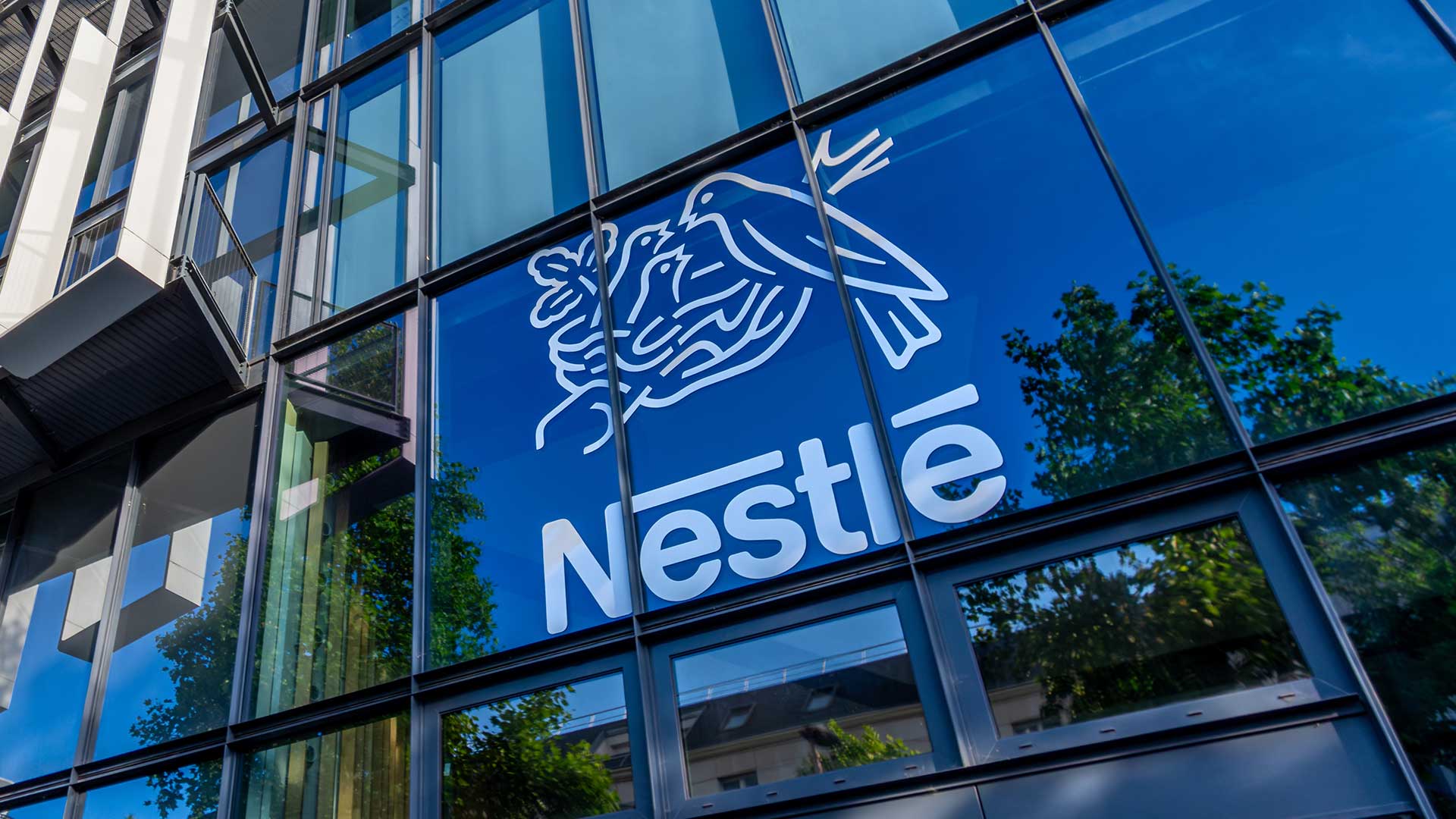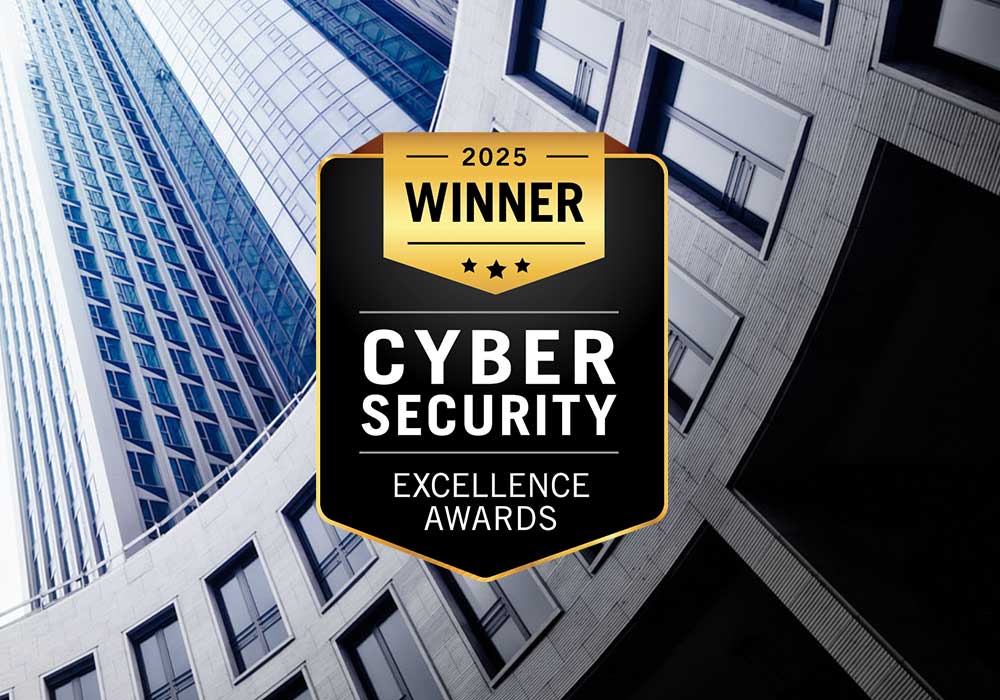Cyberattacks on small and mid-sized businesses have surged 38% year-over-year, exposing the limits of outdated defenses like legacy firewalls and basic antivirus tools. With the average breach now costing over $100,000—excluding reputational and regulatory fallout—traditional approaches are no longer enough. The solution is a holistic cybersecurity strategy that unifies people, processes, and technology to adapt to evolving threats and support long-term growth.
Key elements of holistic cybersecurity
Unified Security Operations
A modern Security Operations Center (SOC) serves as your organization’s 24/7 command hub, using AI and machine learning to detect and respond to threats in real time.
Managed SOC services deliver enterprise-level visibility and response without the cost or complexity of building an in-house team, providing fast, actionable intelligence across your entire infrastructure.
Integrated Threat Detection
Traditional tools, when used in silos, create dangerous blind spots. Holistic security brings email filtering, endpoint detection and response (EDR), network monitoring, and SaaS application protection into one orchestrated platform, shortening detection and response times.
For example, a phishing attempt flagged by email security can instantly trigger new rules for endpoint and network protection, automatically reinforcing your cyber defenses in real time.
Multi-Layered Defense Architecture
An effective strategy layers multiple controls to address various risk domains:
- Perimeter Security: Firewalls, intrusion detection systems, and network segmentation stand as your first line of defense.
- Endpoint Protection: Advanced EDR tools can automatically isolate compromised endpoints.
- Identity & Access Management: Implementing multi-factor authentication and privileged access controls ensures that only trusted users touch sensitive data systems.
- Data Protection: Encryption, backup, and data loss prevention solutions are essential to preserve confidentiality and recover from incidents.
The business impact of holistic security
Enhanced Operational Efficiency
Managing security via a centralized dashboard streamlines operations and frees up your team for core business initiatives. A recent Gartner study shows that integrated security solutions reduce administrative workloads by up to 35%, enabling faster and smarter decisions.
Automated responses further lessen the burden—routine events are handled instantly, allowing IT leaders to prioritize strategic growth over firefighting.
Improved incident response
Integrated tools accelerate and unify your response to breaches. In practice, security teams utilizing a holistic approach are able to quickly reconstruct the timeline of attacks, isolate dangers, and recover data without manual delays.
The ability to auto-isolate compromised assets and automate patch management has been proven to minimize both business disruption and recovery costs.
Cost optimization
While initial adoption of a holistic solution may seem more substantial, studies by the Ponemon Institute, confirm that integrated security platforms reduce overall spending in the long run. Fewer licenses, less training, and reduced downtime drive ROI.
Cybersecurity implementation strategies for SMBs
Risk assessment and gap analysis
Begin with a third-party risk assessment to highlight priorities and hidden vulnerabilities. Claro's Vulnerability Management solution delivers actionable reports customized to your business needs.
Thorough evaluations establish a roadmap, enfolding industry frameworks like NIST and CIS Controls, and ensure your investments deliver maximum protection.
Phased Implementation Approach
Deploy your holistic security solution step-by-step. Early focus should be on high-ROI initiatives—such as multi-factor authentication and EDR setup—with subsequent layers added as budgets allow. This controlled approach minimizes operational disruption while strengthening your posture incrementally.
Employee Training and Awareness
Employees remain a top vulnerability. Complement your technology investment with robust, continuous training programs that feature ongoing education, phishing simulations, and trackable engagement metrics.
Overcoming common implementation challenges
Budget Constraints
Sticker shock is a common hurdle for SMBs, but managed security services deliver robust protection on a predictable subscription basis. Flexible pricing plans allow SMBs to “pay as you grow” and scale with confidence.
Technical Complexity
Concerned about technical hurdles? Partnering with an experienced service provider removes much of the burden. Leading experts handle system integration, platform configuration, policy tuning, and ongoing support—ensuring the solution aligns with your existing infrastructure and security goals. This not only reduces deployment friction but also accelerates time to value, so your team can stay focused on core business priorities.
Integration Challenges
Modern security platforms are built with flexibility in mind, offering seamless API and SaaS integrations that work across diverse IT ecosystems. Whether you're running on-prem, cloud, or hybrid infrastructure, modern tools are designed to connect with your existing systems, data sources, and workflows—reducing downtime, accelerating deployment, and ensuring smooth adoption across your organization.
The future of SMB cybersecurity
Artificial Intelligence and Machine Learning
AI and machine learning are transforming cybersecurity by making threat detection and response faster, smarter, and more accurate. These technologies analyze vast amounts of data in real time, identifying patterns and anomalies that humans might miss. Automated responses help neutralize threats before they escalate, reducing dwell time and potential damage. Just as important, AI frees up your internal teams from manual monitoring and repetitive tasks—allowing them to focus on strategic initiatives and higher-value security work.
Zero Trust Architecture
Zero Trust models, assume no user or device should be trusted automatically. These principles can be operationalized through cloud-based solutions.
Regulatory Compliance
The compliance landscape is complex and rapidly changing, especially in sectors like healthcare and finance. Integrated security architectures can help to ease reporting and policy management.
Building a resilient security foundation
The cyber threat landscape will only become more intricate, but the fundamentals of holistic protection—comprehensive, integrated, and adaptive security—remain the most effective way for SMBs to mitigate risk. By leveraging the tools, research, and expertise from managed service providers like Claro, your organization can confidently face new challenges, protect critical assets, and fuel sustained growth.
A well-implemented holistic cybersecurity strategy is more than just an IT project—it’s a vital investment in your business’s future resilience and reputation. The returns go beyond protection: greater efficiency, customer trust, and a clear competitive edge.
Ready to act? Connect with Claro to design your tailored, market-leading SMB cybersecurity strategy today.





.png)
.png)








